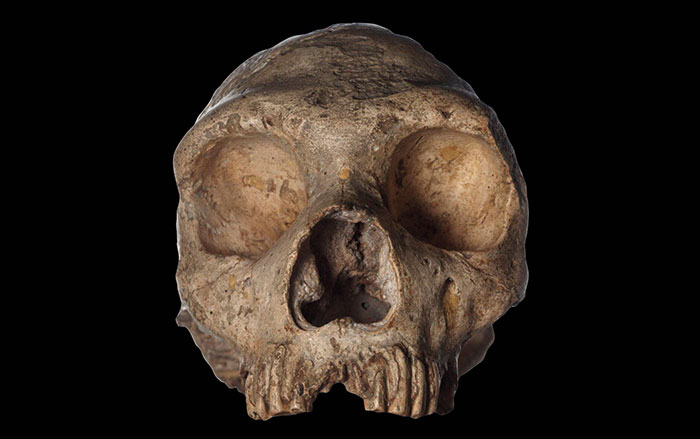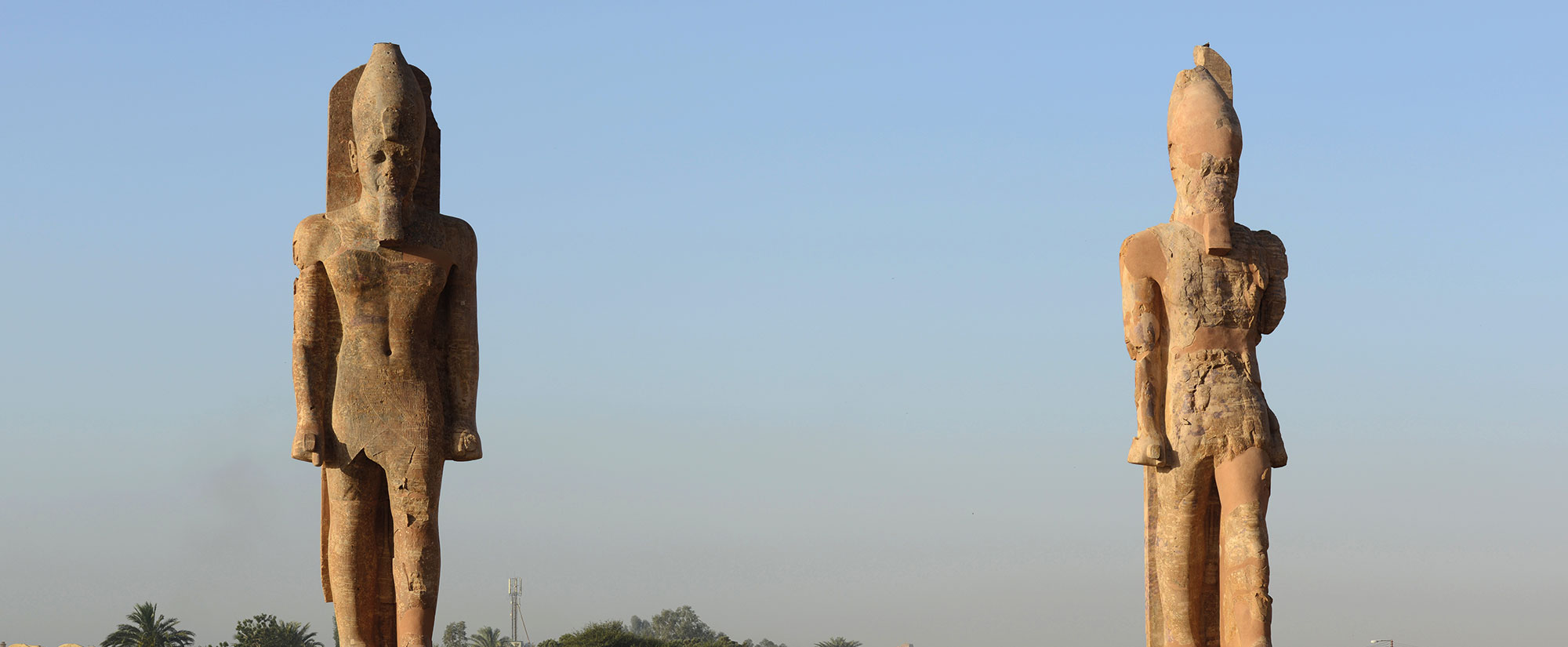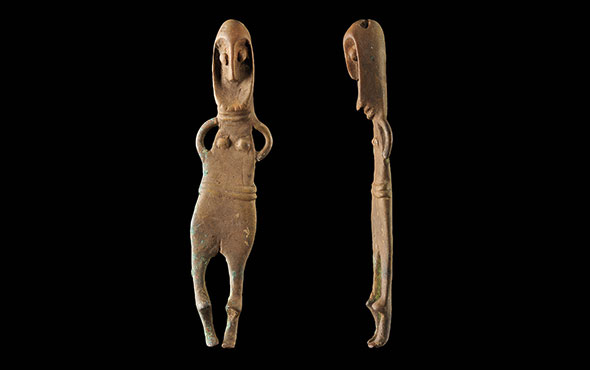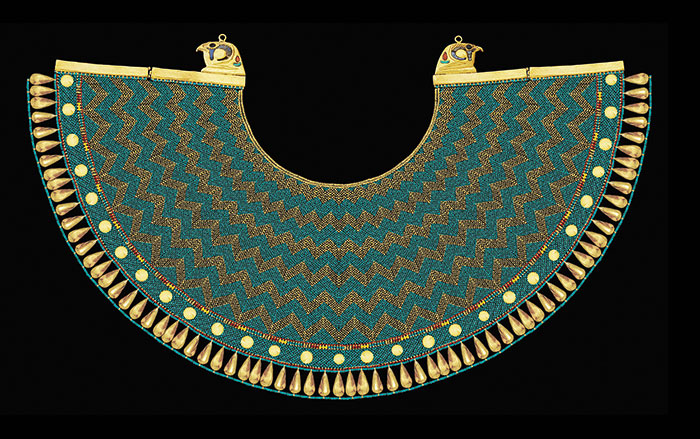
LEIPZIG, GERMANY—The Guardian reports that researchers led by Laurits Skov of the Max Planck Institute for Evolutionary Anthropology have caught a glimpse of a Neanderthal community by mapping the DNA of 13 individuals whose remains were recovered from caves in southern Siberia. Among the heavily inbred men, women, and children, the team members identified a father and a teenage daughter; another man who was related to the father; and two second-degree relatives, who may have been an aunt and her nephew. The individuals, who were all alive at the same time, are likely to have been part of an isolated population of fewer than 30 people, Skov explained. The researchers also found that there was more genetic diversity in the Neanderthals’ mitochondria, which is passed through the maternal line, than in their Y chromosomes, which are passed from father to son. This could indicate that women left their home communities to live with male partners, the researchers concluded. To read about hominin interbreeding, go to "Our Tangled Ancestry."











